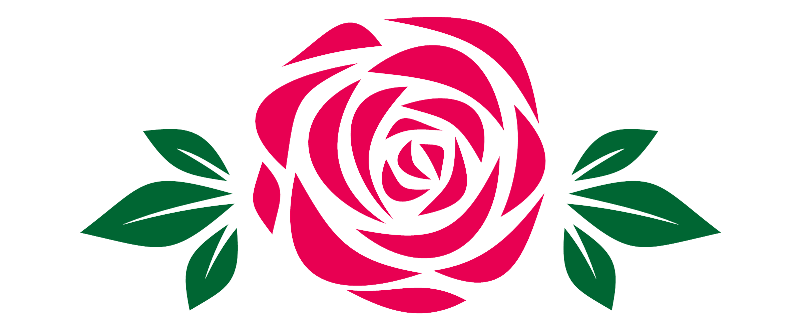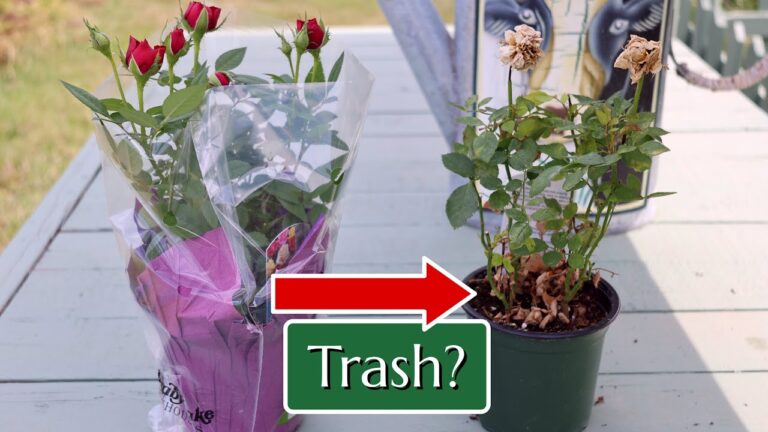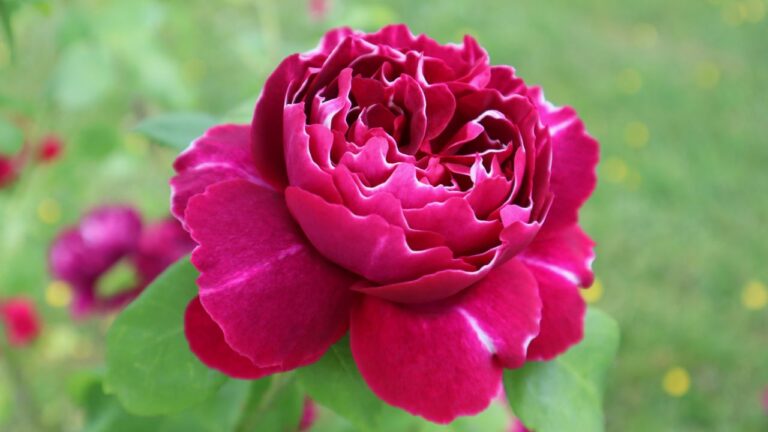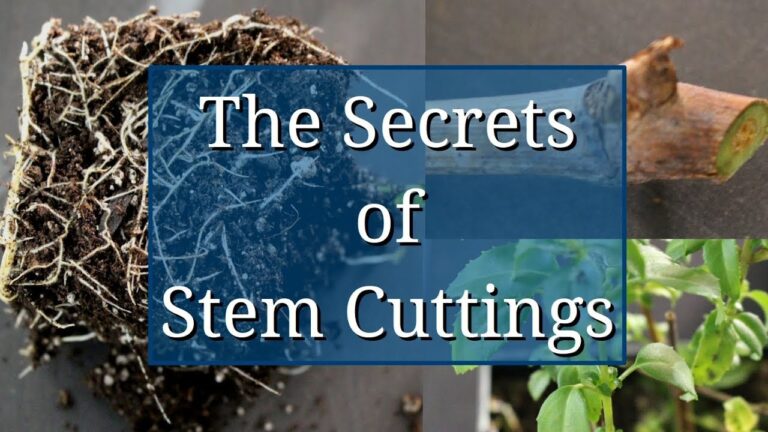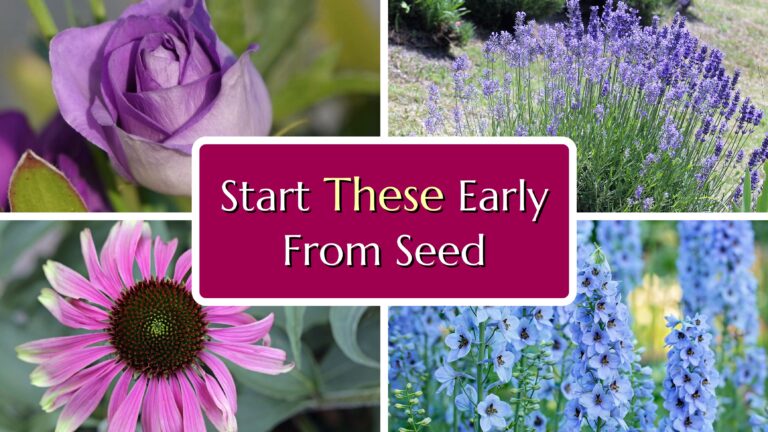Lavender is a quintessential garden favourite, celebrated for its aromatic blooms, ease of care, and versatility. Jason from Fraser Valley Rose Farm shares his practical insights into planting, spacing, and maintaining lavender, while addressing one of the most frequent questions: how and when to deadhead lavender. Drawing on his expertise, Jason highlights how to set your lavender plants up for success.
Timing Is Everything: Deadheading Lavender
The timing for deadheading lavender hinges on the plant’s flowering stage. Jason emphasizes that the ideal moment is when the flowers are fresh and vibrant, typically a rich blue or purple. Waiting too long can lead the flowers to brown, prompting the plant to focus its energy on ripening seeds instead of producing fresh blooms.
By deadheading early, gardeners can encourage lavender to rebloom, potentially achieving two or even three flushes of flowers during the growing season. Jason recommends bundling the flowers like a ponytail and cutting them above the woody stems. This method avoids damaging the plant and encourages fresh growth at the base, helping to keep the plant compact and healthy. Neglecting this step can lead to a tall, woody plant prone to winter dieback.
Planting Lavender: Spacing and Variety Selection
Jason’s current project involves planting two varieties of lavender: English lavender and Edelweiss lavender, a white-flowering hybrid of Lavandula x intermedia. While both types thrive under similar care, spacing is a critical factor for their long-term health. Jason advises maintaining a distance of 18 inches to two feet between plants for most garden settings. Closer spacing may work for farms or tight rows but can limit airflow and crowd plants.
Proper planting begins with ensuring good soil drainage. Although Jason’s garden soil is heavy, the raised beds and elevated planting area provide sufficient drainage. For gardeners with poorly drained soil, amending with sand or grit can help prevent root rot—a common issue for lavender.
Fertilizing Lavender: Less Is More
Lavender is a light feeder and thrives in lean soil conditions. Jason discourages adding fertilizer at the time of planting, as excessive nutrients, especially nitrogen, can encourage leggy growth at the expense of flowers. Instead, he suggests applying a balanced fertilizer with low NPK numbers, such as a 2-2-2 mix, in early spring. This approach supports healthy blooms without overloading the plant.
Timing Lavender Planting for Success
While spring is Jason’s preferred season for planting lavender, he acknowledges that late summer can also work, especially in milder climates. For his August planting, Jason expects the plants to benefit from two to three months of additional growing time before winter. This allows the lavender to establish its roots, although spring planting remains the best option for areas with harsher winters.
The Role of Deadheading in Winter Prep
Jason stresses that proper deadheading and pruning during the growing season play a pivotal role in preparing lavender for winter. Cutting back after blooms fade promotes a denser plant with robust basal growth, increasing its resilience to winter conditions. Lavender that becomes overly woody and lanky is far more vulnerable to cold weather damage.
A Versatile Garden Addition
Beyond its practical benefits, lavender offers visual and aromatic appeal to any garden. In Jason’s formal garden design, lavender is planted alongside roses, creating a symmetrical, fragrant landscape that showcases the best of both plant types. Whether used in a structured setting or a cottage garden, lavender is a hardy, rewarding choice. If you’re ready to enhance your garden with lavender, start by following these expert tips and enjoy the beauty and aroma of this classic herb.
